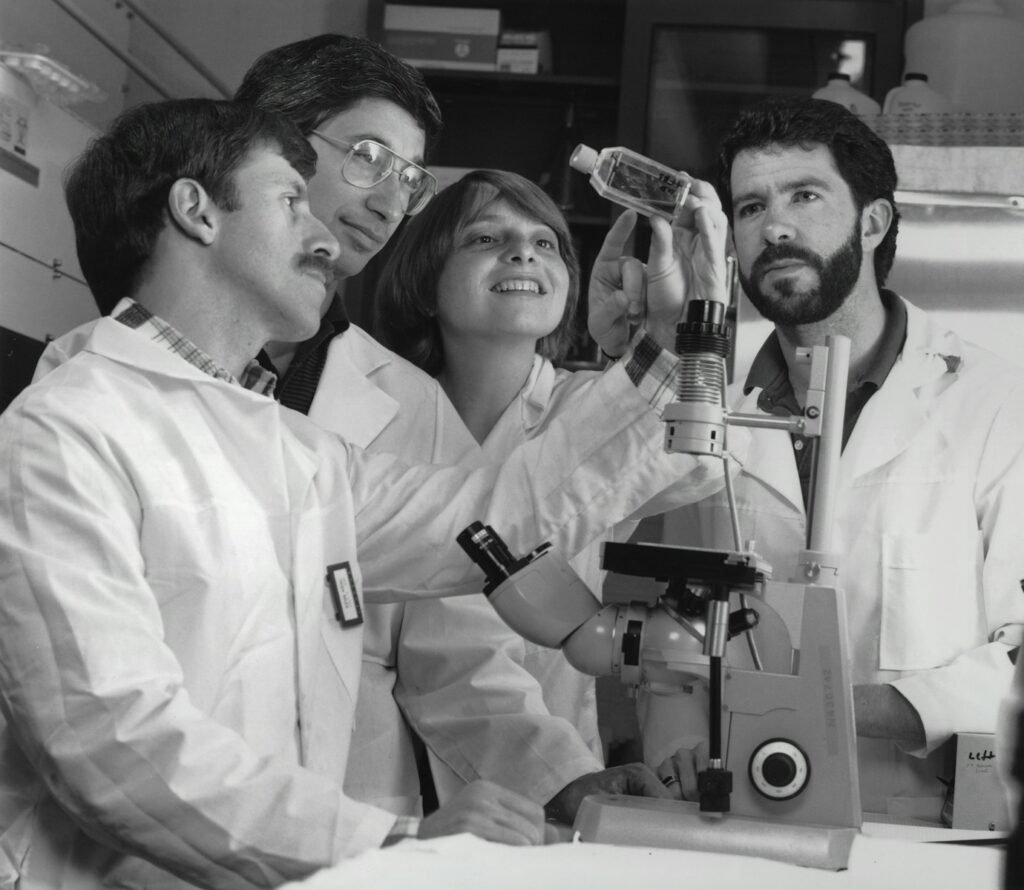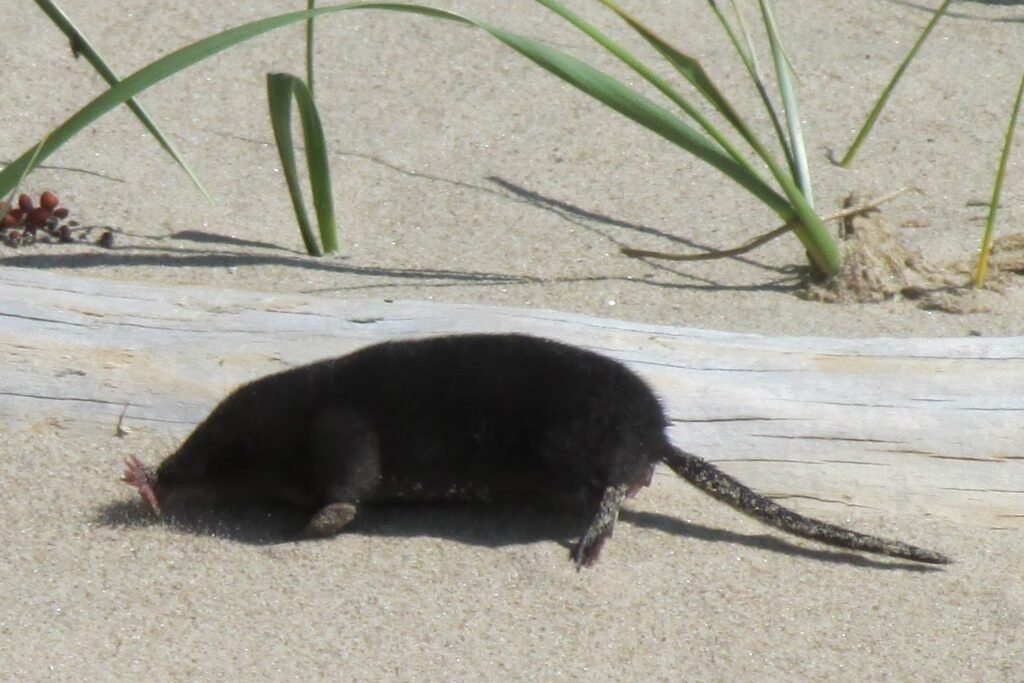We love to tell the story of lone geniuses, but the most powerful engine in science has always been the quiet orbit of mentorship. Behind headline breakthroughs, you’ll find patient feedback sessions, tricky lab demos, and the kind of encouragement that turns a risky idea into a real experiment. From physics to biomedicine, lineages of teachers and students have carried methods, ethics, and courage across decades. That web of relationships has shaped not just papers and patents, but entire fields.
As new tools and global collaborations redefine what discovery looks like in 2025, the question isn’t whether mentorship matters – it’s how we make it work better, faster, and for more people.
The Hidden Clues: Inside the lineages that built breakthroughs
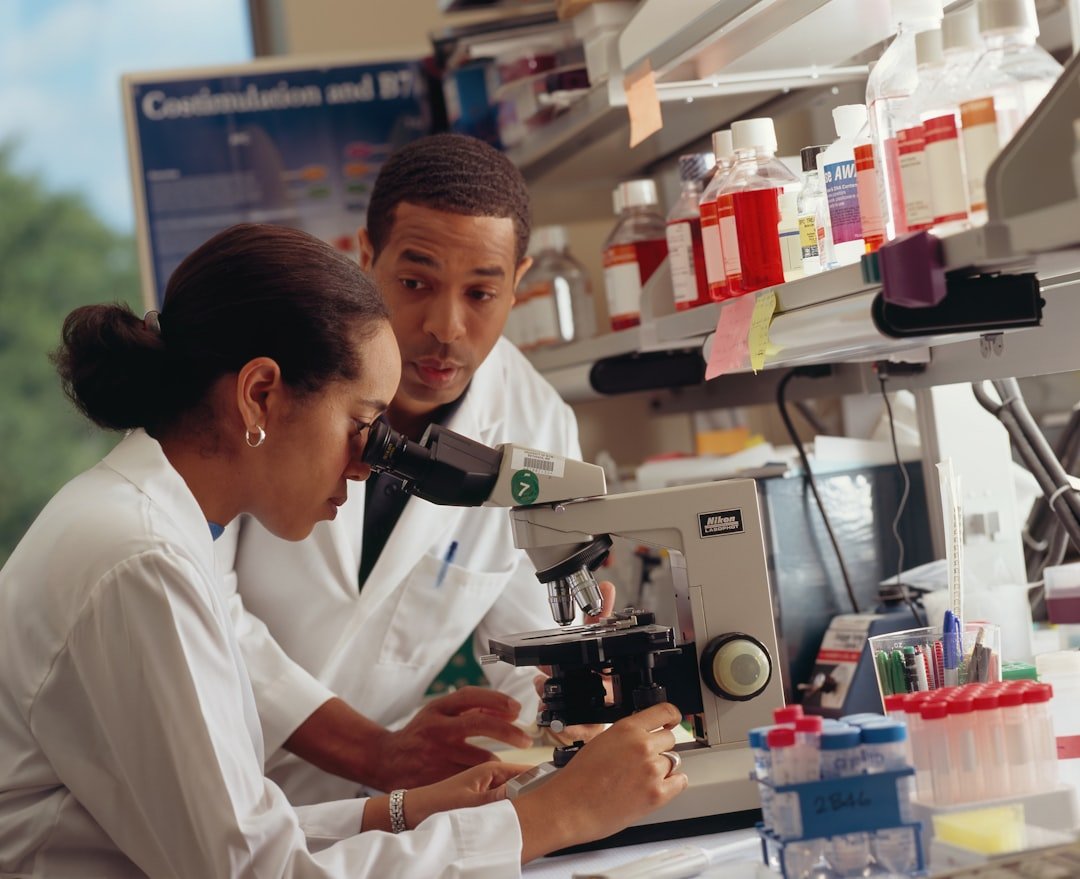
Look closely at the major moments in twentieth‑century science and you’ll spot mentor fingerprints everywhere. J. J. Thomson’s Cavendish Laboratory nurtured Ernest Rutherford, who, in turn, trained James Chadwick and influenced Niels Bohr during pivotal years, seeding a cascade of discoveries about the atom. In molecular biology, the phage school around Max Delbrück functioned like an informal academy, passing on experimental instincts that later drove genetics forward. In astrophysics, John Wheeler helped shape both Richard Feynman and Kip Thorne, a line that stretches from quantum electrodynamics to gravitational waves.
These are not coincidences; they’re inheritance paths for skills that don’t show up in textbooks. The “hidden curriculum” moves hand to hand, and then it reshapes the world.
From apprenticeship to playbooks: how mentoring evolved in science
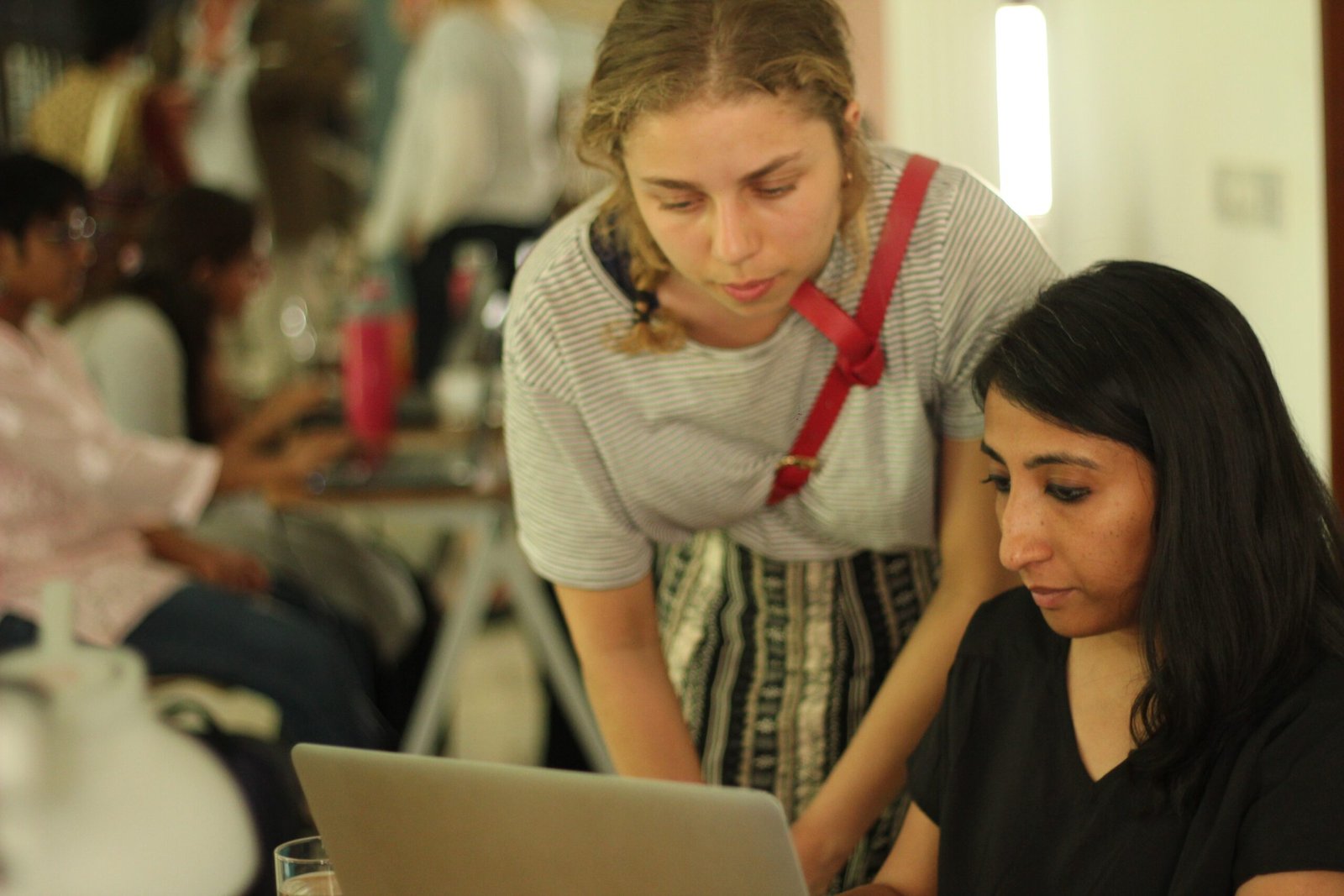
Mentorship started as classic apprenticeship – watch the master, copy the technique, repeat until your hands remember. Over time, labs formalized this with rotations, committee structures, and written mentoring compacts that spell out expectations and support. Today’s best labs mix old‑school bench coaching with open protocols, reproducible code, and weekly group critiques that feel a bit like newsroom edit meetings. The move toward preprints and open data has added a second layer of mentorship, where the broader community comments on methods and analysis. Remote advising, once rare, is now routine, expanding access but demanding new norms around time zones and lab culture.
The through line remains the same: craft is taught person to person, but the tools for passing it on keep multiplying.
Field notes from famous lineages
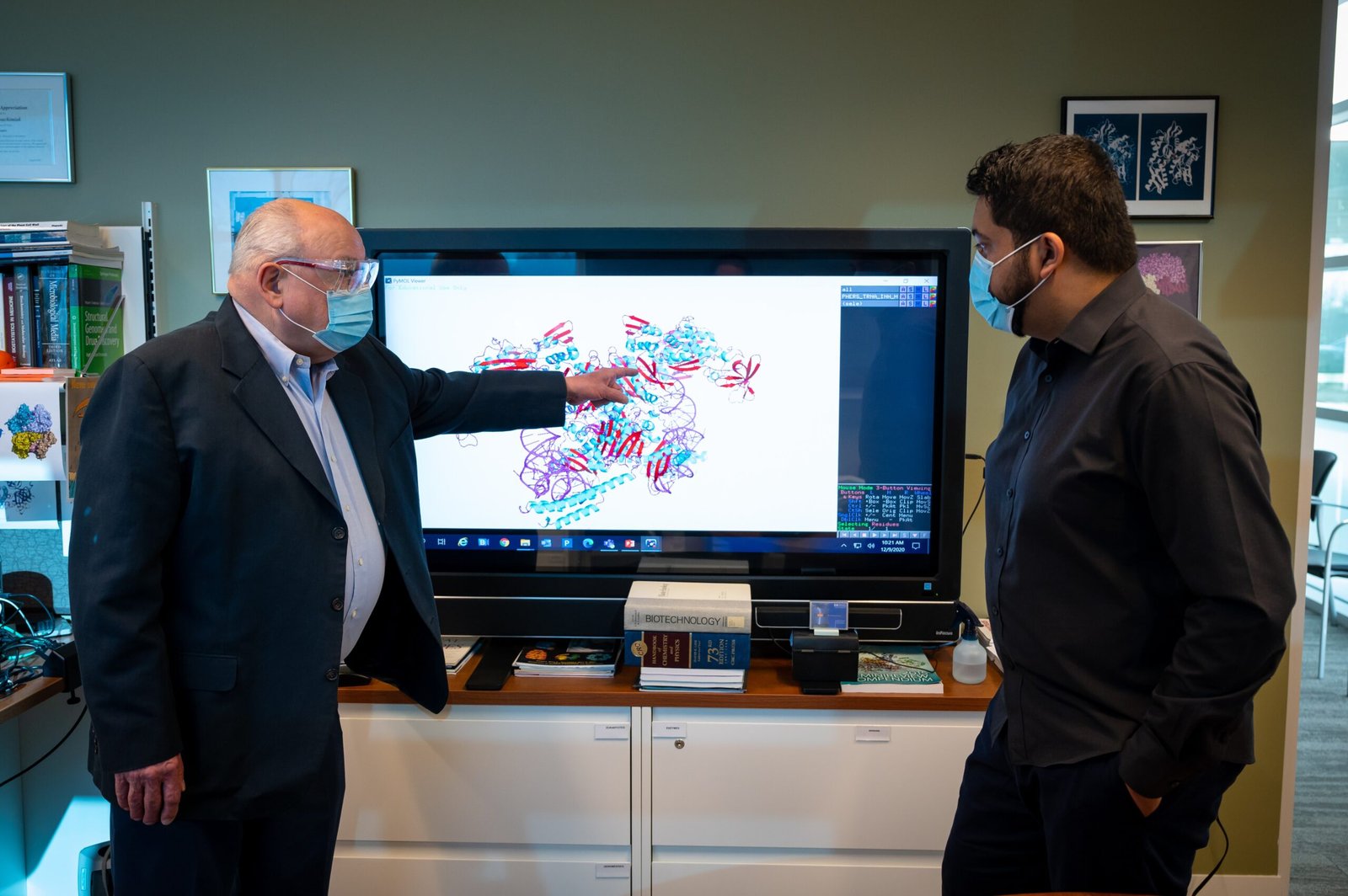
Some mentorship chains read like time‑lapse photography of discovery. Marie Curie not only transformed our understanding of radioactivity; she also trained Irène Joliot‑Curie, whose work with artificial radioactivity opened fresh medical and industrial paths. In biophysics, the Cambridge tradition around structural studies – spanning generations at the Laboratory of Molecular Biology – cultivated a habit of bold model‑building tied tightly to hard data. Particle physics saw similar lineages, where mentors normalized large‑scale collaboration and rigorous internal review long before those practices spread widely. In condensed‑matter research, hands‑on mentoring around materials synthesis and careful measurement built a culture where incremental advances add up to leaps in energy storage and electronics.
The lesson is simple and a bit humbling: a single advisor’s habits can ripple across continents and decades.
The lab as a classroom: how great mentors train for discovery
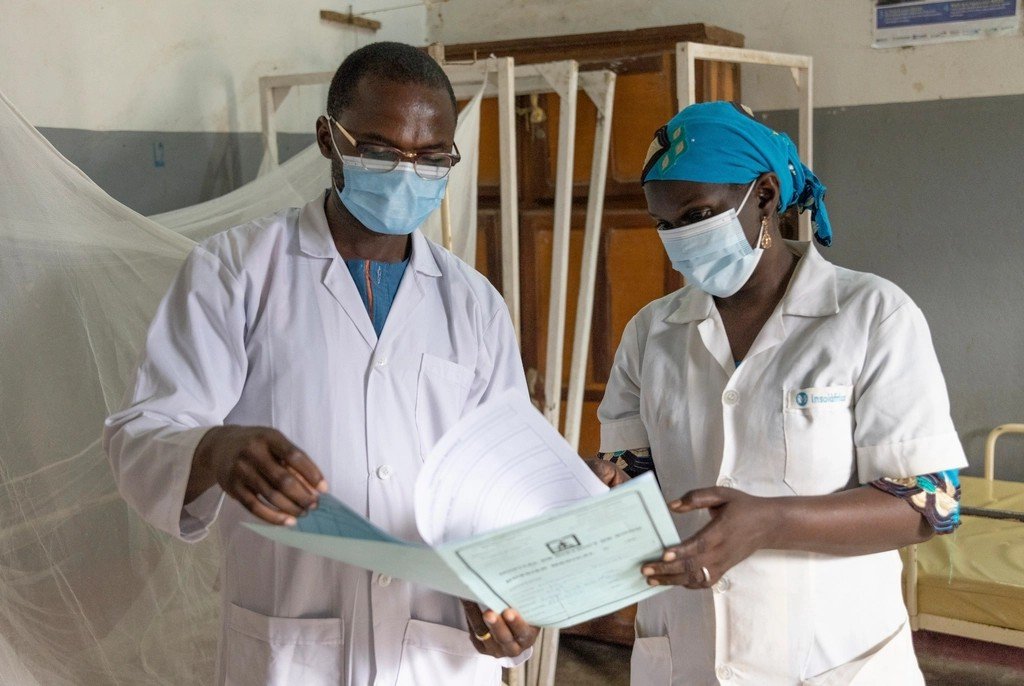
The most effective mentors teach risk management, not risk avoidance. They break big questions into tractable trials, emphasize controls, and show how to kill a bad idea early without killing a young scientist’s confidence. They also model ethical reflexes – data transparency, fair authorship, careful reporting – long before grant panels or journals weigh in. I once visited a lab that kept a whiteboard of “failed but useful” experiments, a quiet reminder that knowledge grows sideways before it grows upward. The best mentors pair that humility with audacity, giving trainees permission to chase the improbable if the setup is sound. Over time, those habits become the lab’s dialect, and newcomers learn to speak it fluently.
Global perspectives: building talent where opportunity is scarce
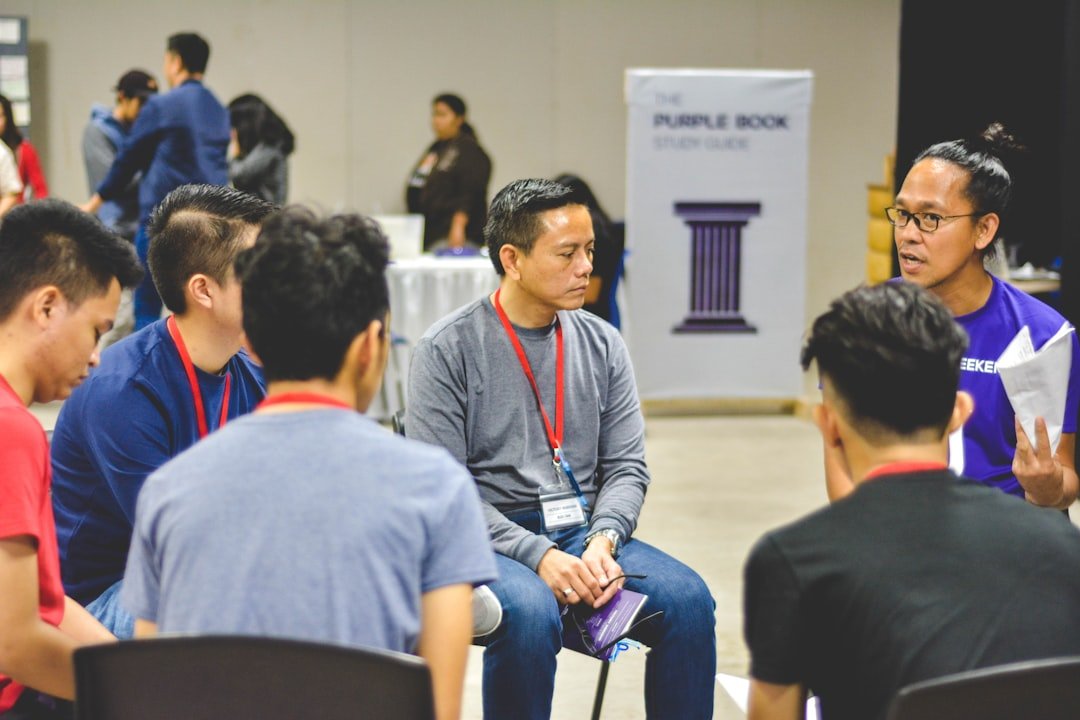
Brilliant ideas are evenly distributed; training is not. Programs founded to shrink that gap – such as international centers that bring researchers from low‑resource settings into world‑class workshops – turn mentorship into infrastructure. Visiting fellowships, portable seed grants, and shared instrumentation hubs can convert isolated talent into durable research networks. Scientists who return home carrying both skills and contacts often become regional anchors, mentoring the next wave in their own languages and contexts. When that happens, the local questions that matter – agriculture under heat stress, disease surveillance, clean energy – get studied by the people closest to them.
Global mentorship isn’t charity; it’s a force multiplier for problems the whole planet needs solved.
Why it matters: the multiplier effect of scientific mentorship
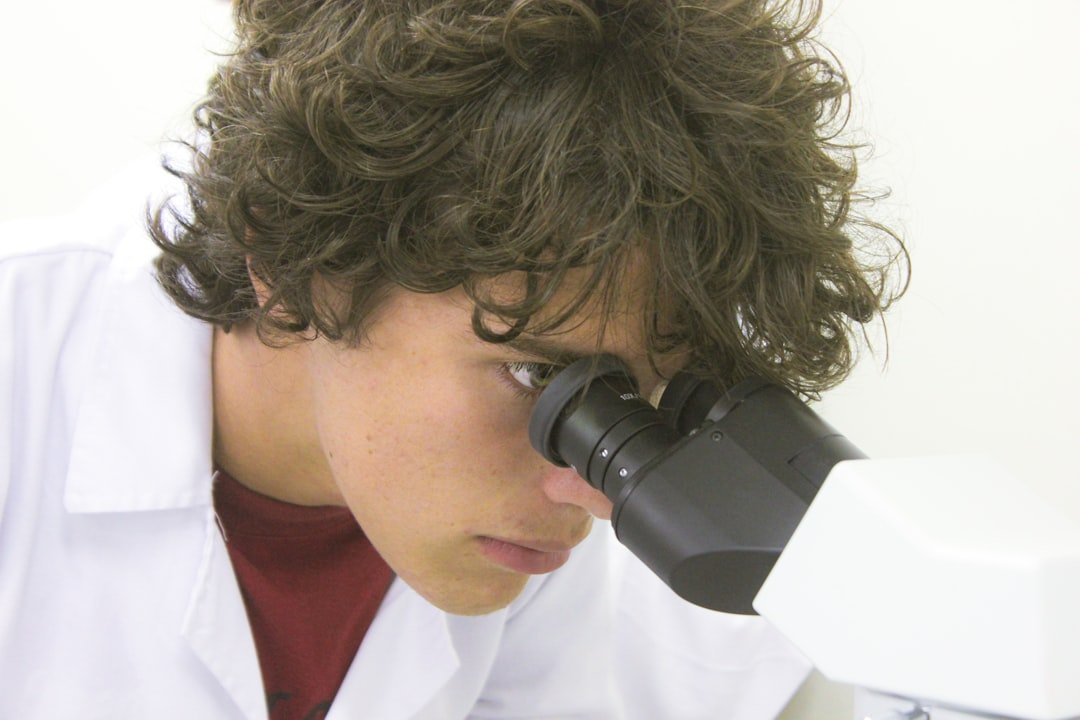
Mentorship changes the rate and reliability of discovery, and it does so in measurable, practical ways. Strong advising shortens the painful middle stretch of a project by teaching troubleshooting and sharpening experimental design before time and resources are wasted. It raises the floor on rigor, because trainees learn to pre‑register analyses, share code, and build resilient pipelines instead of improvised one‑offs. It widens the ceiling on creativity, because people who feel psychologically safe tend to propose bolder hypotheses and accept feedback without shutting down. Perhaps most crucially, good mentoring is how fields remember – methods, norms, and cautionary tales travel faster through people than through PDFs.
If we want durable science rather than flashes in the pan, mentorship is the infrastructure we can’t afford to ignore.
The future landscape: mentorship in the age of AI and mega‑teams
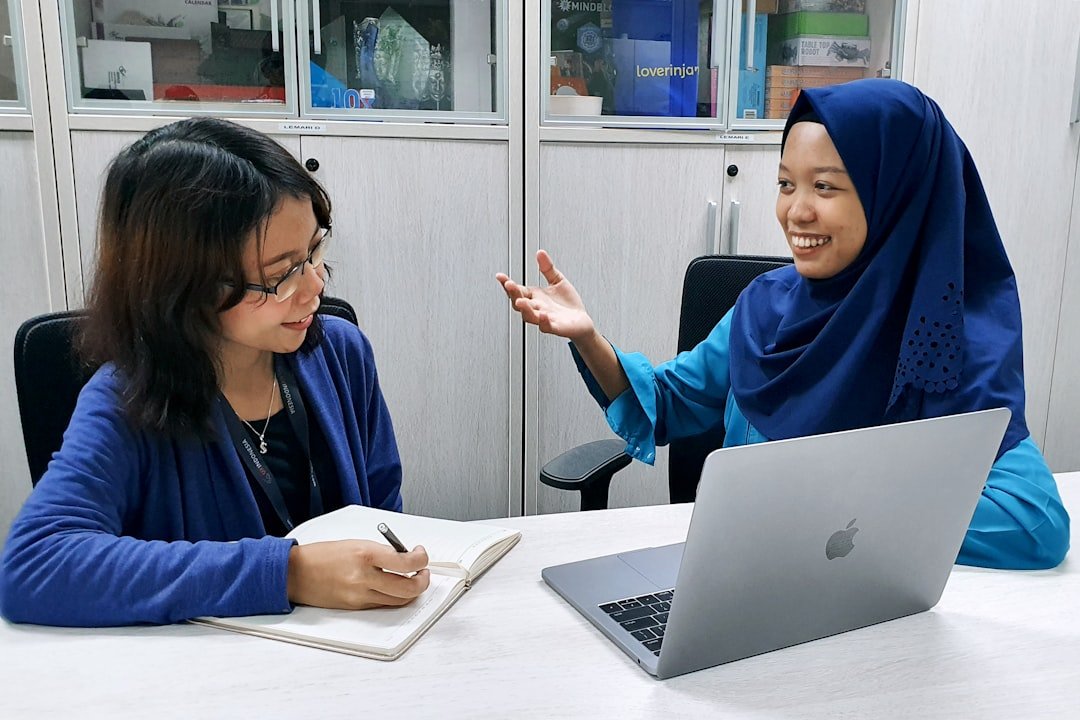
Tomorrow’s mentoring will be hybrid by default: human judgment guiding trainees who also lean on copilots for literature triage, code review, and experimental simulation. That’s powerful, but it raises new risks – algorithmic bias in pairing or evaluation, overconfidence from slick but shallow summaries, and the temptation to skip hard conceptual work. The labs that thrive will treat AI as a microscope for thinking, not a substitute for it, and they’ll teach trainees when to slow down and verify. Expect to see structured, skills‑based curricula layered onto classic advising, with micro‑credentials for statistics, lab safety, reproducibility, and responsible data use.
Cross‑institutional mentoring circles will become more common, pairing students with method experts they’ve never met in person. Done right, this future will be more inclusive, more transparent, and faster without being reckless.
What could go wrong – and how to fix it
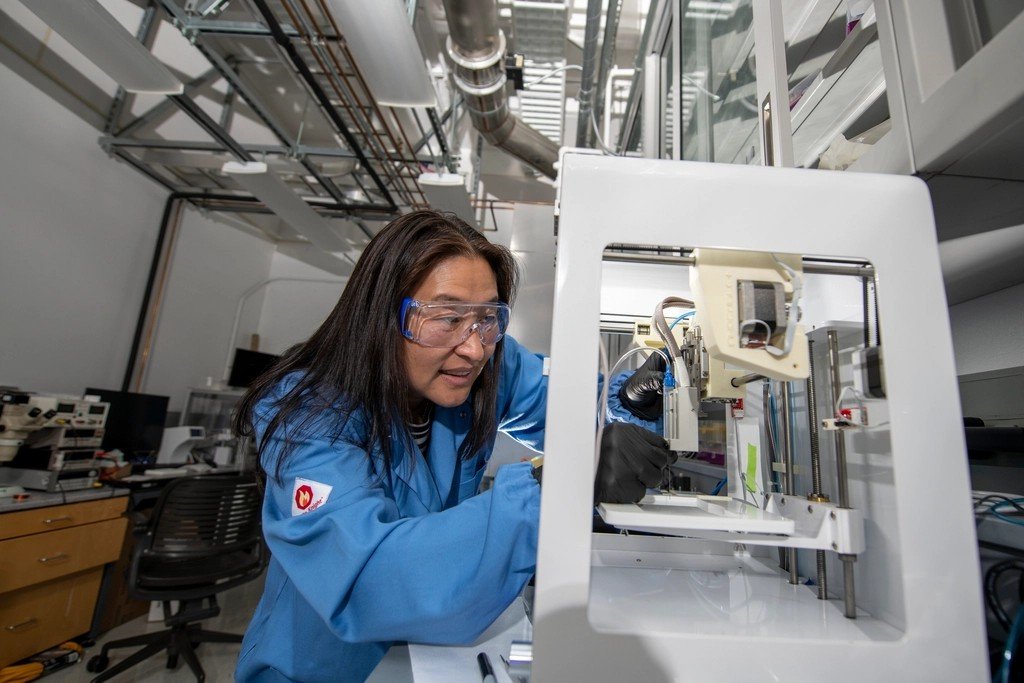
Mentorship can falter when incentives point the wrong way, rewarding output over training and leaving advising to goodwill. Power imbalances can silence trainees, especially in high‑prestige groups where speaking up feels like betting your career. Over‑centralized labs risk creating ghost authors and under‑trained graduates who can’t reproduce their own results. The countermeasures are concrete: formal mentoring plans, regular climate surveys with real follow‑up, and external committees that include method specialists.
Funding agencies can also nudge the system by tying a slice of grant scoring to documented, verifiable mentoring outcomes rather than generic statements. When the rules reward better teaching, better science follows.
Small moves that change everything
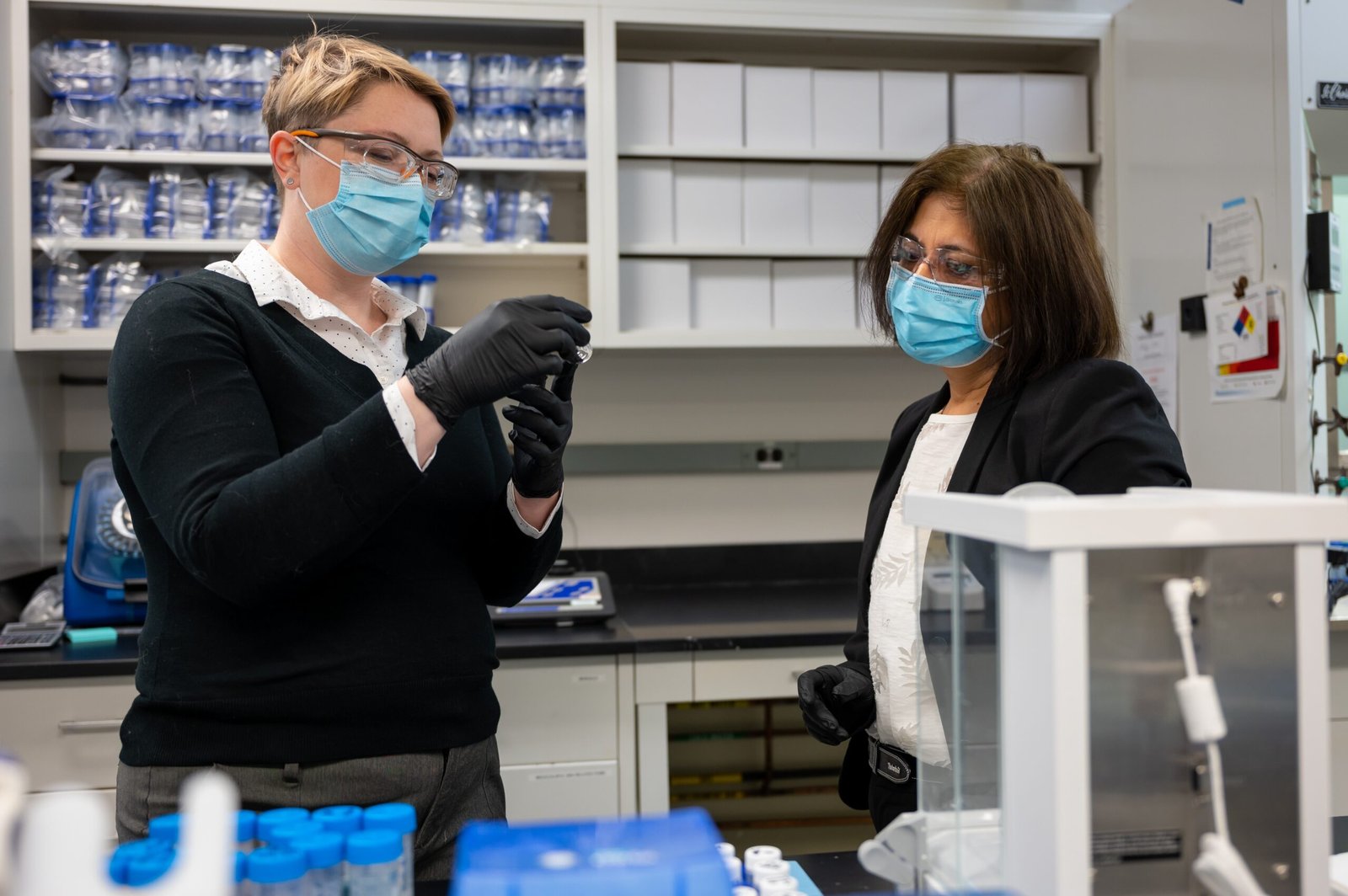
If you’re choosing a lab, ask for a mentoring compact, examples of constructive manuscript feedback, and introductions to alumni who’ve taken diverse paths. If you run a lab, post your training plan publicly, schedule reproducibility check‑ins, and rotate leadership of group meetings so every voice has a turn. If you’re a reviewer or funder, look for concrete mentoring practices and reward labs that share protocols, data, and credit. Universities can make mentor training standard for new faculty and recognize advising in promotion the way they recognize grants. And for the rest of us, supporting community labs, science clubs, and open‑access resources helps the next generation find their footing sooner.
The discoveries we’ll need in the next decade depend on the teachers we choose to be today.

Suhail Ahmed is a passionate digital professional and nature enthusiast with over 8 years of experience in content strategy, SEO, web development, and digital operations. Alongside his freelance journey, Suhail actively contributes to nature and wildlife platforms like Discover Wildlife, where he channels his curiosity for the planet into engaging, educational storytelling.
With a strong background in managing digital ecosystems — from ecommerce stores and WordPress websites to social media and automation — Suhail merges technical precision with creative insight. His content reflects a rare balance: SEO-friendly yet deeply human, data-informed yet emotionally resonant.
Driven by a love for discovery and storytelling, Suhail believes in using digital platforms to amplify causes that matter — especially those protecting Earth’s biodiversity and inspiring sustainable living. Whether he’s managing online projects or crafting wildlife content, his goal remains the same: to inform, inspire, and leave a positive digital footprint.

